
Sign up now to receive
notification of new litters,
new imports available, etc!
Visit our Facebook Page

New Videos
Bronka
/ Fox
Litter Z - Week 4
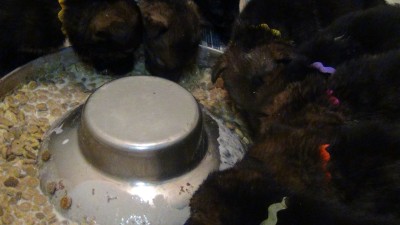
Cena
/ Fox
Litter Y - Week 6

Maxi
/ Fox
Litter X - Week 8

Maxi / Fox
Litter X - Week 5
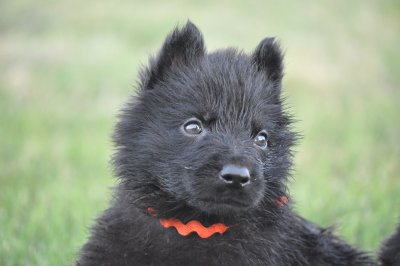
Maxi
/ Fox
Litter X - Week 3
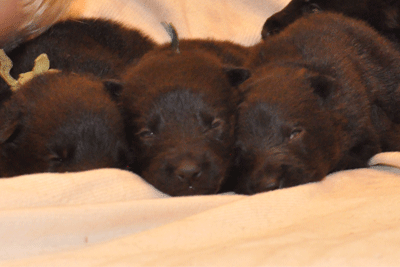
Maxi / Fox
Litter X - Week 2
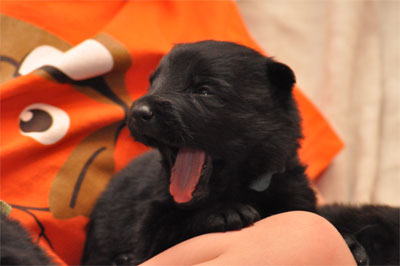


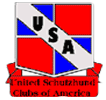
|
SEARCH DOGS
SAVE LIVES
 Search and Rescue (SAR) is a job that
is a prime example of the versatility of the German Shepherd Dog. Although many
different breeds (including mixed breeds) can do very well at SAR one of the top
breeds selected for this job is the German Shepherd Dog. The GSD has the versatility
to do ANY and all of the jobs that are included in SAR. We will begin with a brief
description of the various jobs that are included within SAR. Search and Rescue (SAR) is a job that
is a prime example of the versatility of the German Shepherd Dog. Although many
different breeds (including mixed breeds) can do very well at SAR one of the top
breeds selected for this job is the German Shepherd Dog. The GSD has the versatility
to do ANY and all of the jobs that are included in SAR. We will begin with a brief
description of the various jobs that are included within SAR.
|
TRACKING:
Tracking is commonly defined as following the exact path a person took by following
each and every footstep that person took. They keep their nose close to the ground
and the best dogs you can actually watch them smelling DEEP into each footstep.
They can be trained to track in Wilderness and Urban areas. Yes, even the concrete
of the city can hold enough scent for a good tracking dog. A tracking dog would
generally need a little help to start as they would need a reliable Point Last Seen
(PLS) and/or a scent article. In SAR a true Tracking dog is not as common as the
quicker Trailing or Air Scenting dogs. They are excellent to establish a direction
of travel and also to find any clues as most tracking dogs are also trained to indicate
on items like gloves, keys, a pen or even a cigarette butt. Tracking is the only
element of SAR that the dog can earn a 'recognized' title as most all breed registries
have tracking certifications.
TRAILING: A dog trained in Trailing works similarly to the Tracking dog. Both types
follow a trail from a PLS and often use a scent article of a specific subject. However,
instead of working with their nose deep into each footprints the Trailing dog will
work with their nose close to the ground and they do not follow the 'exact path'
the subject took. Depending on the weather conditions a trailing dog may end up
10 or even 15 feet from the track as they are following the scent that can be tossed
by the wind. Trailing dogs tend to work faster than dogs trained for the more detail
oriented Tracking dog. Trailing dogs will often lift their head to check the air
currents for specific scents. As the Trailing Dog enters the 'scent cone" or gets
closer to the subject they are looking for they will often Air Scent directly into
the subject instead of continuing on the path the subject took. Like the Tracking
Dog a Trailing dog can also be utilized in both Wilderness and Urban settings (if
trained to work through the different distractions).
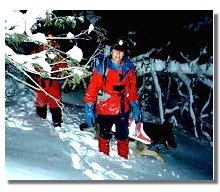
AIR SCENTING: Air Scenting dogs are commonly used in a situation where
there is a high probability the subject is located and there is not necessarily
a reliable PLS. Or if there is a larger area to work and there are tracking/trailing
dogs working from a PLS and the Air Scent dog is being used in collaboration with
the other types of SAR dogs. Air Scent dogs will work into the wind, with their
heads held high constantly working the air current and will usually work by Zig
Zagging across an area. When they pick up the scent of ANY human the handler will
notice that the distance between the Zig and the Zag are getting smaller as the
dog works closer to the subject the dog will narrow the trail down to the point
were the subject is located. These dogs are typically worked off lead. Once they
locate the subject there are two varieties of indication. Some dogs will stay with
the subject and give a bark alert until the handler comes into the dog. Others will
do what is called a 'refind'. Once they find the subject they will return to their
handler and then 'refind' the subject.
CADAVER: Cadaver dogs are perhaps the least known SAR dogs. They are trained to
find human remains. Some are trained to locate on land, some for the water and some
can do both. It is amazing how different these two seemingly similar jobs actually
are. Cadaver dogs perhaps have the toughest of all the SAR dogs as the emotional
toll it can take on both dog and handler. SAR dogs form an especially close bond
to their human partner and the human partner can give off certain cues to the dog
about the stress of their job. These dogs have a very special job of bringing closure
to a distraught family who has lost a loved one. Cadaver dogs give the family a
chance to mourn the loss of their loved one instead of always wondering "what if...".
DISASTER RECOVERY: Disaster recovery dogs could be any combination of the afore
mentioned 'types' of SAR dog. They are specially trained to work such natural disasters
like earth quakes, tornadoes, mudslides, etc.; as well as man made disasters like
the bombing in Oklahoma City, the attacks on the World Trade Center and the Pentagon.
They can also work such duties as Airplane or train crashes. These dogs must learn
absolute trust of their handlers as well and walking carefully over debris or wood,
glass, metal and other sharp, uneven, slippery surfaces. Some of the dogs are trained
to find live human scent others deceased and some are trained for both rescue and
recovery.
|
|